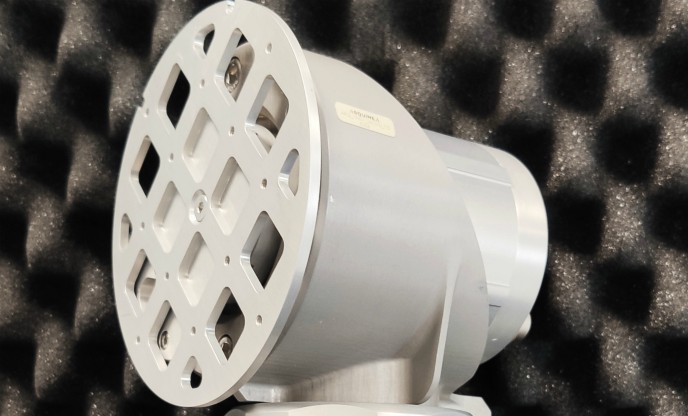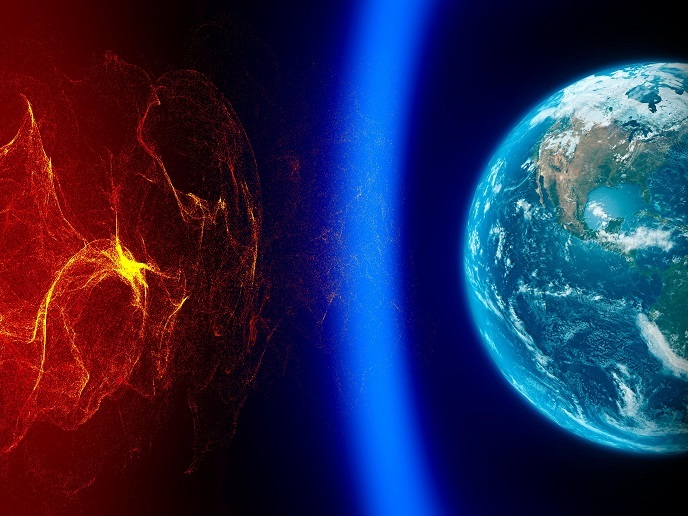New compact rotary actuator points to higher-precision positioning devices onboard satellites
As the cost of sending payloads into space is extremely high, the market is increasingly being challenged to foster innovation in the equipment and instruments satellites and spacecraft carry on board. Innovative technologies that help reduce weight without compromising the performance and reliability of its components and mechanisms are highly valued in the industry.
Increasing pointing accuracy of satellite mechanisms
Every kilogramme in satellite payload counts. The same applies to the actuators that ensure fine orientation of satellite mechanisms. Satellites in orbit must be oriented to point their antennas, solar array panels and instruments with high accuracy. With EU funding of the Pre2Pos(opens in new window) project, Italy-based start-up Phi Drive(opens in new window) and Spanish-based company Arquimea(opens in new window) developed a light yet powerful rotary actuator. Offering high levels of torque control, it could effectively manage the very rapid movements of satellites. “Our target was to develop smart mechanisms for space applications that rely on piezoelectricity. Our new actuator featuring a high torque-to-mass ratio could sustain high loads and provide high levels of accuracy in the onboard positioning devices,” notes project coordinator Marco Bacciocchi. Precise orientation of satellite-operated devices is fundamental to satellite operations. “Properly aligned antennas improve bandwidth and allow for better communication amongst satellites or between Earth stations and satellites. What’s more, proper tracking of solar array panels enables satellites to harness more power for their operation,” adds Bacciocchi.
Working principles of the new rotary actuator
Pre2Pos’ actuator is powered by electricity and is purely mechanical – linear motion in one direction gives rise to rotation. It converts an electrical signal into a precisely controlled physical displacement of piezoelectric stacks to achieve a rotary motion. The selected AG-LT model is a resonant piezoelectric motor that makes use of a hybrid longitudinal-torsional vibration in a fixed stator. When the stator is pressed against the rotor by its longitudinal vibration mode, there is clockwise rotation due to its torsional vibration. Before the stator reverses its rotation direction, it detaches from the rotor by compression. The rotor keeps on rotating thanks to its inertia, until the cycle is repeated. Requiring no oils or lubricants to operate, the new rotary actuator is in line with the standards for contamination and cleanliness control set by the space industry. Furthermore, it lacks mechanical brakes and gears – eliminating backlash effects which are undesirable.
Next steps
For now, researchers are working to further increase the torque of the motor. “We think that a great advance would be to include a tool for automatically tuning in real time the resonant frequency of the system to always let the actuator work at its maximum performance in every working condition,” explains Bacciocchi. “Our goal is to include our rotary actuators in key equipment and mechanisms used in satellites and spacecraft, where high precision, low weight, energy efficiency and low manufacturing costs are highly desirable,” concludes Bacciocchi. Besides space applications, the company is setting its sights on other applications such as automation, metrology, military and optics.







